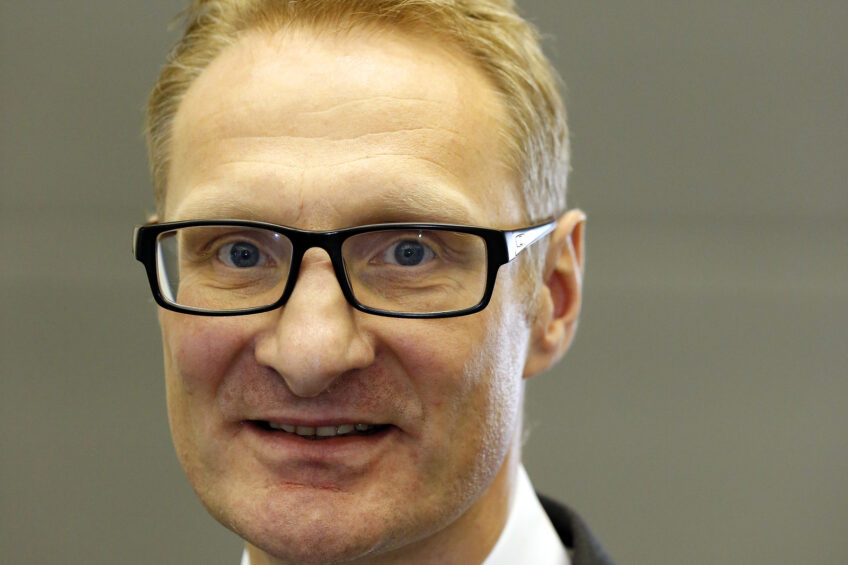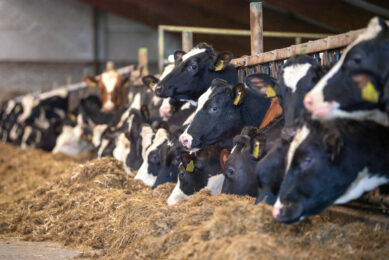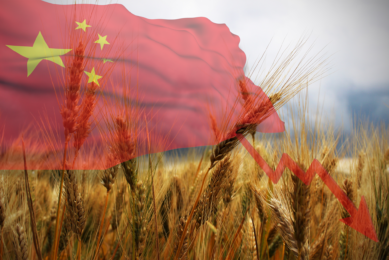“The whole dairy operation in one app”

GEA Farm Technologies invests heavily in data collection applications. The goal of the operation is better insights in each individual dairy cow and significantly reduce unstructured problem messages.
GEA Farm Technologies is flourishing. Sales amounted to €457 million in the first three quarters of 2014. That’s an 18% increase over the previous year. The operating EBITDA margin increased from 7.3% to 9.1%. CEO Ulrich Hüllmann expects further growth in the coming years. “Our revenues strongly follow the market, the milk price may throw a spanner in the works. Therefore, we closely follow what’s happening in the milk market. We foresee no major problems, apart from a temporary dip in the milk price. The extensive urbanisation of China in the years to come will lead to a structural supply shortage. The underlying demand for dairy equipment remains high in all regions. We expect 5% to 10% organic growth in all regions, especially growth of existing farms.”
Is supplying hardware enough to be a key player in the future?
“No. Qualified personnel will become the main problem in the dairy industry, especially in the growth regions. There are not enough people available to run a business. The current generation has worked in the industry all their lives, but a whole new generation is growing up with no hands on experience with cows. Therefore, we together with Nestlé set up a training centre in the Northeast of China that is open to everyone. It has three commercial farms and delivers 700 qualified students annually.”
Does lack of staff mean more robotic milking and automation?
“To a certain extent, but that also depends on the business philosophy of the entrepreneurs in the dairy sector. Family businesses are run different than large-scale industrial producers. We estimate that, depending on the region, 40% to 60% of the cows in 2025 will be milked by an automatic milking system. That means that more and more data will become available. Until now that data stream is still unstructured. For instance, a farmer could receive a message for 10% of his cows each day. This should significantly be reduce through Big Data, we are aiming for 2%. No more lists of cows that might have some problems, but highly targeted messages on the smartphone of the employee closest to the potential cow with actual problems arising: watch this specific cow, she stands there and she probably has this disorder and treat her if necessary in this way. That has consequences, other farming structures, more protocols and standard procedures. This will increase efficiency, which will in the end lead to reduced operating costs because less people are needed.”
Does GEA have sufficient data to get there?
“For the cow part, we might have, but it should be more than that. The farm manager should not run around his yard with five IPads, with six apps, to get notifications all about his business. The whole business from pasture to milk tank must be in one app. For this, we work within the open platform 365FarmNet with other parties as KWS and Claas. That will reduce manual and often double entry, prevent errors and increase the reliability of analyses. Our competitors are also welcome as a participant in 365FarmNet because the larger the database, the better and more valuable selections and messages are.”
That requires a lot of innovation. How much do you invest in that annually?
“A substantial portion of our revenues.”
That’s business lingo for between 3% and 5%, so around €25 million per year?
“You can count pretty well, but I cannot confirm or deny. We are listed and I cannot make any statements about it.”
Join 13,000+ subscribers
Subscribe to our newsletter to stay updated about all the need-to-know content in the dairy sector, two times a week.










